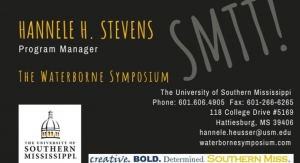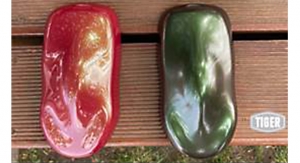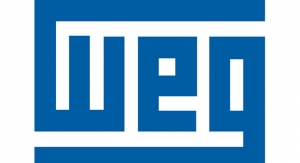04.26.18
Frost & Sullivan's recent analysis, Global Powder Coatings Market, Forecast to 2023, finds developing markets such as Asia-Pacific (APAC) and Rest-of-the-World (ROW), following the footsteps of developed markets, such as North America and Europe, are increasingly replacing liquid coatings with powder coatings. End-user markets, including automotive, construction, appliances, and industrial, are shifting to higher-performing powder coatings in these regions due to the rising purchasing power of citizens and the subsequent demand for technologically superior products. The growth of these sectors is expected to steer the $7.88 billion global market toward $10.61 billion by 2023. The analysis explores the key powder chemistries of epoxy, polyester, epoxy-polyester hybrids, acrylic, PVC, polyamide, polyolefins, and fluoropolymer. It also analyzes the growth opportunities for these chemistries in the application segments of appliances, automotive, architectural, furniture, industrial, agriculture, construction, mining equipment (ACME), and pipe in the North American, Europe, APAC, and ROW markets.
"An important driver for getting the powder coating market over the $10-billion line is technological advances," said Soundarya Gowrishankar, visionary science industry analyst at Frost & Sullivan. "Most of the innovations have been aimed at resolving the challenges in powder coating difficult surfaces like non-conductive molded parts. There has been heated R&D activity in the areas of attractive finishes, low-temperature cure coatings, as well as self-healing, self-cleaning, heat-reflective, and energy-efficient coatings."
Although there is some resistance to the adoption of powder coatings due to the competition from alternate techniques like anodizing and the price sensitivity of customers, the market will enjoy huge growth opportunities created by:
"An important driver for getting the powder coating market over the $10-billion line is technological advances," said Soundarya Gowrishankar, visionary science industry analyst at Frost & Sullivan. "Most of the innovations have been aimed at resolving the challenges in powder coating difficult surfaces like non-conductive molded parts. There has been heated R&D activity in the areas of attractive finishes, low-temperature cure coatings, as well as self-healing, self-cleaning, heat-reflective, and energy-efficient coatings."
Although there is some resistance to the adoption of powder coatings due to the competition from alternate techniques like anodizing and the price sensitivity of customers, the market will enjoy huge growth opportunities created by:
- Regulatory trends because powder chemistries' very-low/no-solvent formulations exempt them from volatile organic compound (VOC) emission and hazardous air pollutants (HAP) regulations;
- Powder coatings' aesthetic, functional, environmental, and cost advantages over liquid coatings;
- Smart coatings that respond to color shifts, are corrosion resistant, water repellent, and have tribological and electrical properties. These coatings are particularly popular in electrical processes, food and beverage handling equipment, and fire detection systems;
- The low manufacturing costs across regions and increasing focus on quality in the APAC and ROW markets. Chinaand India will be the key growth engines in APAC owing to the rapid growth of their appliance sector, while the Middle East will be a lucrative market for coating suppliers to the construction industry.

















